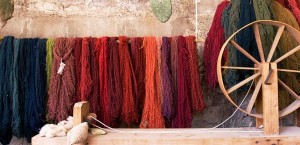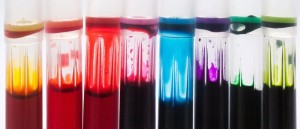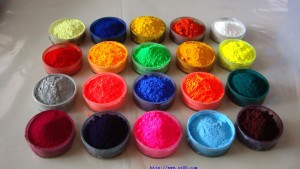Buying a commercial product such as a dye requires buyers to make purchases in bulk, which is why it is important to make sure that the right product for the right application is bought. Even though you do not have to be an expert on dyes, you need to have a basic know how of how to identify the best dyes from the most viable manufacturers of dyes in India so that you are able to get value for money from the products that you are buying. There are a couple of things that you should know about the dyes, their types and how they are used to be able to make the best purchase decisions for your commercial uses.
The Types of Dyes:
There are a lot of different types of dyes that you can pick from when you need to use dyes. Based on the application of the dye, you can make the right purchase decision. Among the most commonly produced and purchased dyes are reactive dyes, acid dyes, basic dyes, direct dyes and vat dyes or pastes. These dyes are mainly segregated based on the way in which they react with the substrate to denote color to the surface or the way in which the color is applied to hold on to the material on which it is applied.
A typical use of dyes is to provide coloring to products and surfaces like fabrics or paper. Depending on what kind of a fabric or other material needs to be dyed, the type of dye is chosen by the users. However, irrespective of the type of dye or its application, it is important to make sure that the most viable dye manufacturer in India is chosen for the job so that you can be sure about the quality of the product that you choose to opt for.
The Features of the Best Dyes:
Since most dyes are used in textile applications, it is important that the fastness properties of the dyes are checked thoroughly. When you want to make sure that you are able to make the right use of the dyes that you opt for, it is important to understand how to gauge the viability of the dye. There is one main measure that you need to check on when you want to ensure that you get the best dyes for your use, the fastness. Here are a couple of fastness measures that your dyes need to match up to:
- Light Fastness: It is important that the dyes do not start to fade when they are exposed to either natural or artificial light. This is particularly important for the dyes that are used in the dying of textiles used for the making of items like bags and storage packaging which is bound to be extensively exposed to sunlight.
- Wash Fastness: This is an important element in establishing the quality of the dye because when fabrics are dyes they are also washed regularly after use. A dye that quickly fades out after a few washed cannot be considered a good dye for dying fabrics.
These are some of the things that you need to look for in your dyes when you set out to get your dyes from the best manufacturers of dyes in the country.
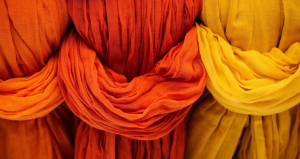
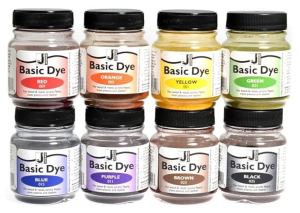 Classification according to processes
Classification according to processes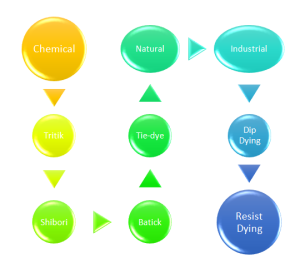 Some of the best examples of basic dyes are:
Some of the best examples of basic dyes are: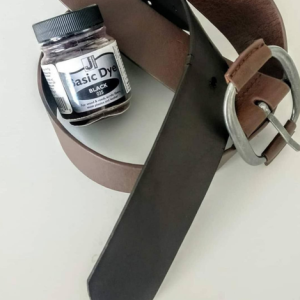
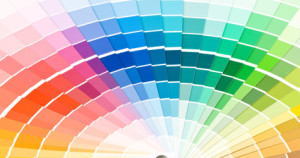
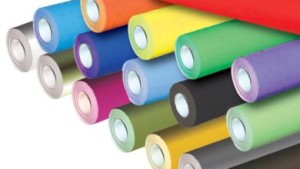
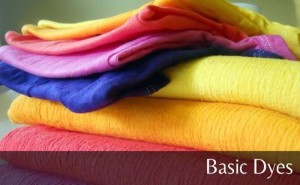 Dyes have been in use as colorants since ancient times and have wound their way in a number of industrial and commercial applications. Fabricated dyes are known as synthetic dyes and basic dyes forms a part of this synthetic dye class. One of the most popularly used dye in coloring of paper and acrylic fibers,
Dyes have been in use as colorants since ancient times and have wound their way in a number of industrial and commercial applications. Fabricated dyes are known as synthetic dyes and basic dyes forms a part of this synthetic dye class. One of the most popularly used dye in coloring of paper and acrylic fibers, 